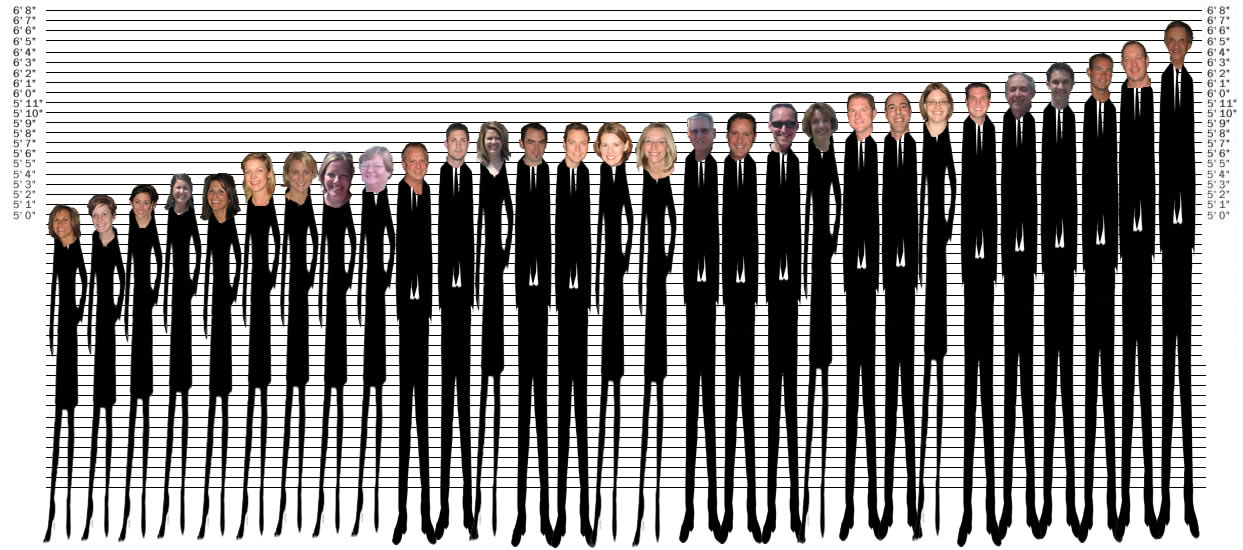
Well yes, there is Big Brother, and of course eye witness accounts, but those would might be put under reported crime. One way is to have a blind survey where there is an assurance that the answers cannot be linked to the surveyor, something like the Canadian Census. Oh wait, the old Canadian Census. The new one couldn't tell you... well anything. Either way, people are asked to recount any crime they've been a part of, as victim or criminal, along with the date, then these statistics are matched up with current crime rate data, and any discrepancy is assumed to be the unreported portion. But that leaves one major question. What is the variance?

Now anybody can make up any statistic by simply using ANY data set. It's a perfectly valid statistical procedure. For instance, I could use the shrub in my front yard to estimate the average height of people in Canada. Nothing wrong with that. "I think people in Canada are 12ft tall on average." This in not wrong, it's an estimate. What we assume when we hear a statistic from a body like Statistics Canada though, is that the Variance, or general variability of the statistic is small. My shrub estimator for instance probably has a variance of about 100ft. That is, people in Canada are on average 12ft tall give or take 100ft. Woowee, that's really helpful, people are between 0 and 112ft tall (assumed nobody has a negative height).

And that's what you should ask yourself with the unreported crime data set. Yes there are only 34% of crimes reported, but plus or minus what. Unfortunately very few statistics in the news are reported with standard deviation (the statistical term for variability), or even any sort of hint as to how accurate the measure even is. I, for example, can't find the standard deviation of male heights in Canada to save my life (If you find one please comment, first one gets a free lolli).

Since the crime estimate is probably based on a survey, one would need to know the sample size and reliability of the survey to really get an idea of how good a number it is. People wouldn't necessarily put down crime, so it may even be unreported. Although negative statistics like crime are often inflated to compensate. Also the demographic coverage would be key. If you live in Northern Ontario you wouldn't expect the percentage of unreported crime to be the same as manhattan. Or would you? So in the end it all comes down to extrapolation and what the data is based on. How far can I stretch the claim about this data, and is their situation anything like mine.
No comments:
Post a Comment